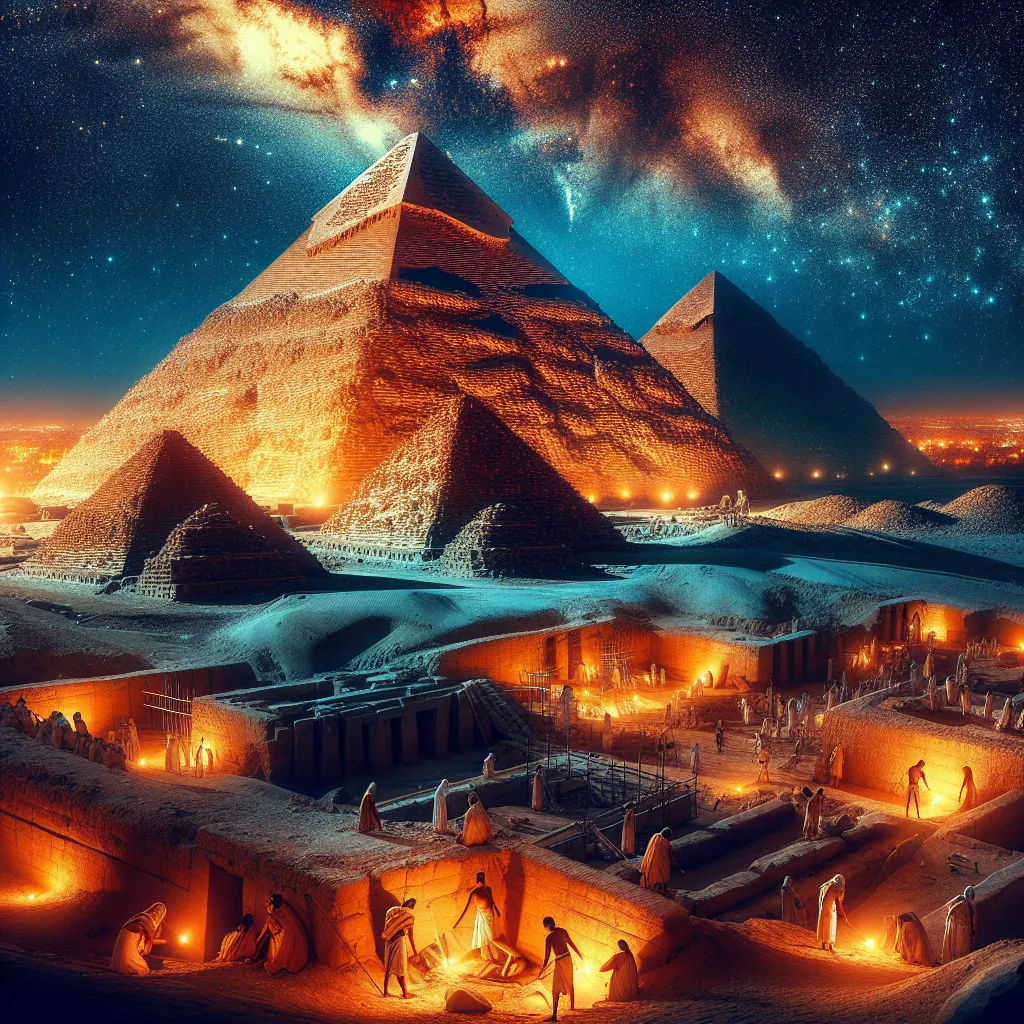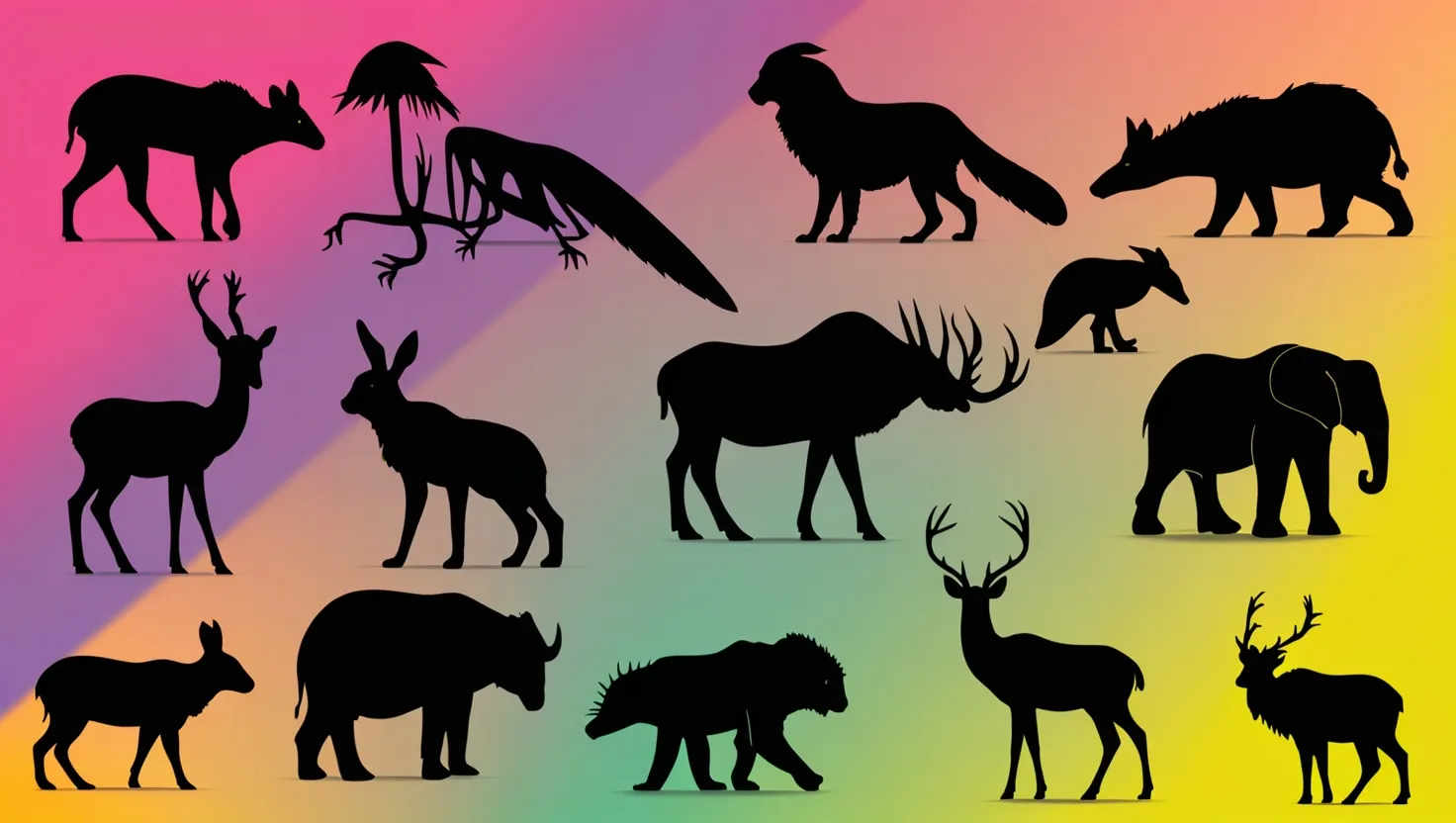From a young age, I had always been intrigued by the mysterious underwater world, captivated by tales of buried treasures and sunken ships. It was 2008, and the ambition pulsing through my veins so intensely that I decided to take a daring adventure to the South Coast with my dad, James May Sr., who had once lost his wedding ring in the sandbanks back in 1973.
Sandbanks, a tiny peninsula on the South Coast of Pool Harbor, boasts one of the cleanest beaches in England and some of the world’s highest land values. But amidst all the luxury and sandy bliss, I found myself wandering, gripped by a vivid memory from my childhood. I was ten, building a model of the Kremlin out of sand when I heard my father’s distressed shout. He had lost his wedding ring while shaking sand off his hands.
Years later, the memory still haunted him, and no amount of ice cream could bring solace. Determined to find the ring that symbolized my parent’s love, I brought a troupe of metal detectorists, archaeologists, and even a geomorphologist named Vincent May—no relation, just happened to specialize in Coastal studies.
Vincent informed us that the ring, likely covered by the shifting sands over forty years, could have traveled miles or been buried under several feet. Despite his sophisticated science, our search felt increasingly futile until Adrian England, a professional dowser—someone who claims to locate objects using two metal rods—walked into the scene. Skeptical yet desperate, I allowed him to lead us to an approximate area where his rods seemed to detect something of interest.
So, we marked out our territory, deploying extensive manpower and quite literally digging deeper into the sands of time. After what felt like an endless day of metal detecting various oddities—coins, buttons, even an old pistol chamber, and a handful of rings that didn’t match my dad’s—our efforts seemed fruitless. But Adrian had another theory. He believed the ring had eventually made its way inland, held by someone likely unaware of its significance.
For a brief moment, I entertained the thought that things might really be as obscure as it sounded—a stranger, a ring around their neck without a clue of the history it carried. With no other lead, we ventured to where Adrian believed this person might be, striking up awkward conversations and combing through any possible sightings. Predictably, our hunt hit a brick wall.
As the day dwindled, so did our dreams of a victorious discovery. Fantasy and reality clashed, leaving us defeated but not without hope. Our endeavor may have felt like a wild goose chase, but it was an incredible story of human resilience and insatiable curiosity. Ultimately, I learned that while sometimes things remain lost, the adventure is never quite in vain. There’s a liberation in the chase and a poetic satisfaction in knowing we tried, even if the sand kept its secrets.






